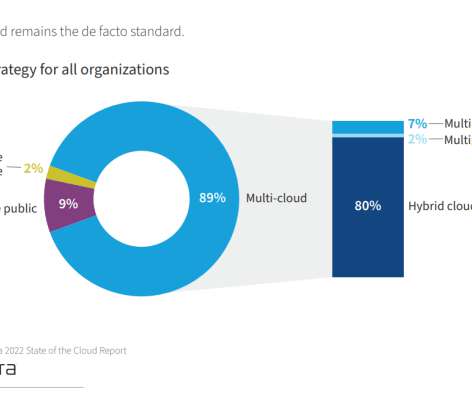PCI compliance: The best defense is a great defense
CIO Business Intelligence
OCTOBER 16, 2023
PCI DSS compliance is a robust defense that significantly mitigates the risks involved with all three. Cybersecurity experts at Verizon Consulting Services draw on hands-on experience in solving payment card security challenges dating back to the formation of the PCI security regulation in 2002.














Let's personalize your content